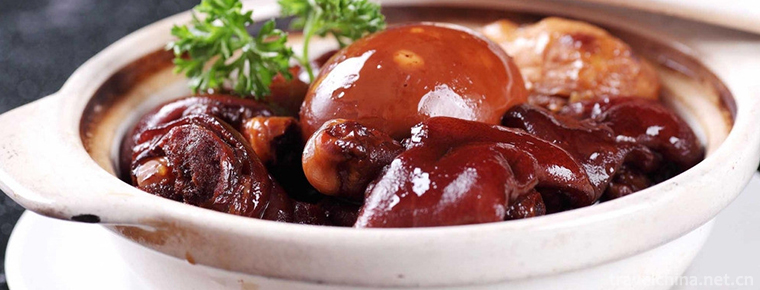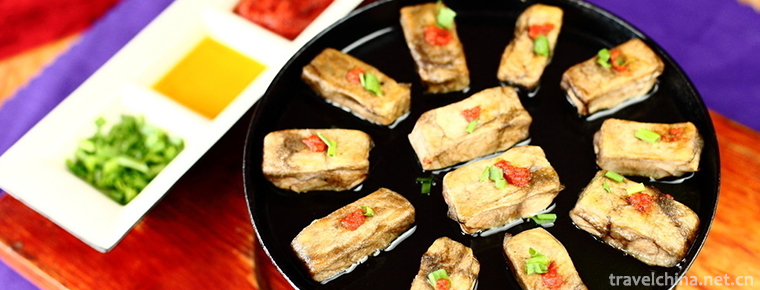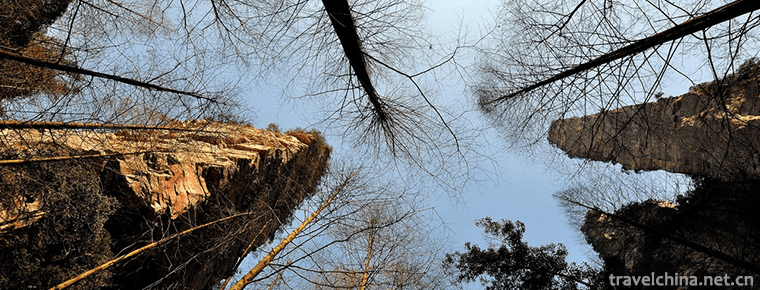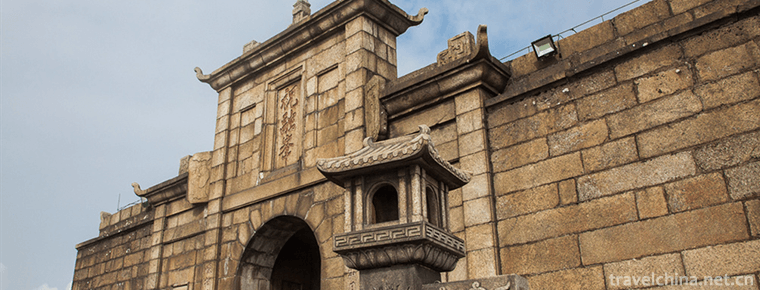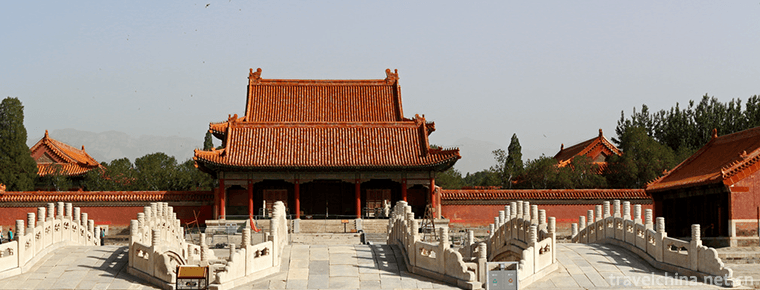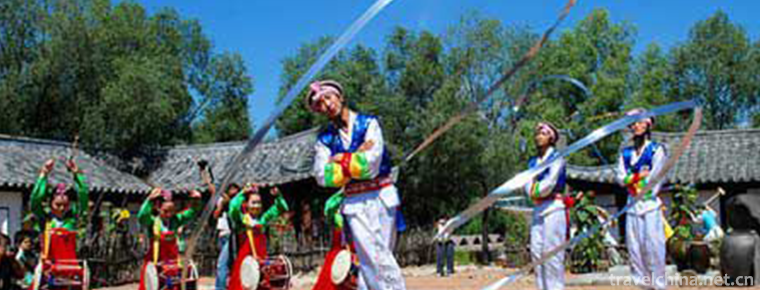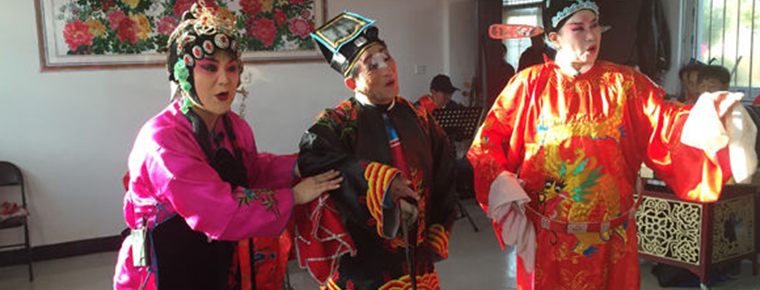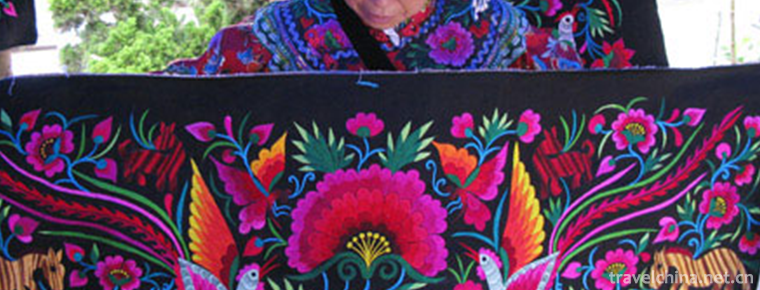Package Park
Baoyuan, or Baoyuan for short,
is located at 72 Wuhu Road, Hefei City, Anhui Province. It was built in 1063,
the seventh year of Jiayou in the Northern Song Dynasty. It was built in memory
of Baozheng, a famous clean official in the Northern Song Dynasty.
Bao Park covers an area of 30.5 hectares, of which the water area is 15 hectares. Its overall layout is open. It mainly consists of Baogong Temple, Baogong Cemetery, Qingfeng Pavilion, Fuzhuang and other scenic spots.
Bao Park was announced as the first provincial cultural relics protection unit in 1981. In 2006, it was awarded National AAAA Tourist Scenic Spot. In 2010, it was named the first batch of national anti-corruption education bases by the Central Discipline Commission.
Historical evolution
In the seventh year of Jiayou in the Northern Song Dynasty (1062), Bao Gong died. The next year, his son-in-law Wen Xue transported his coffin to Hefei and buried it in Bao Xiaosu's cemetery.
In the three years of Song Zhiping (1066), in memory of the famous Qing official, the people of his hometown built an ancestral temple in Xinghua Temple in the old city, which was the earliest prototype of Baogong Temple.
In the first year of Hongzhi in the Ming Dynasty (1488), Song Keming, who was Taishou in Luzhou, built the Baogong Academy here, where the descendants of the Bao family and some prestigious children in the city studied.
In the eighteenth year of Jiajing in the Ming Dynasty (1539), Yang Zhan, the imperial court ruler, renovated the Baogong Academy and named it the Baogong Temple.
Officials and sages of the Ming and Qing dynasties renovated and increased the Baogong Temple. During the Taiping Heavenly Kingdom, Baogong Temple was once destroyed by war.
In the eighth year of Guangxu in the Qing Dynasty (1882), Li Hongzhang, the Minister of the late Qing Dynasty, alone donated 2800 silver to rebuild the Baogong Temple, which was still on a large scale and added two compartments between East and west.
In the 28th year of Guangxu in Qing Dynasty (1902), Li Hongzhang's nephew and grandson, Li Guoxu, as a whole, wrote The Story of Xianghuadun Well Pavilion, which was inscribed on stone tablets. There is a story in the article that a Taishou drank the water in the well of Baogong Temple, and his headache was not stopped. Later generations learned that Taishou was a booty official, so there was a legend that the well water could judge whether the official was honest or not. Later generations have repaired a pavilion for this well, known as "Lianquan", which has remained so far.
In 1973, the provincial leaders appointed provincial museums, Municipal Cultural bureaus, and municipal public security bureaus to set up a leading group for the clean-up and excavation of Bao Cemetery, which was located in Daxingji, Feidong. The excavation ended in August of the same year. It lasted more than four months. A total of 12 tombs were excavated, including Duke Bao and his wife, Dong's, Cui's eldest daughter-in-law, Bao's second son, Wen's second daughter-in-law and Changsun Bao. Yongnian and other six epitaphs.
In 1981, Baogong Temple was re-published as the first provincial cultural relics protection units.
From 1985 to 87, the Bao Cemetery was rebuilt on the Bank of the Baohe River. The rebuilt Bao Xiaosu Cemetery was designed according to the historical records and the excavation data of the original Bao Cemetery. The architecture in the park was constructed according to the Song Dynasty's "Building French Form".
In 1999, in order to commemorate the 1000th anniversary of Baogong's birth, the Hefei Municipal Government built the Qingfeng Pavilion, 42 meters high, with a construction area of 1700 square meters, five floors bright and four floors dark. It is a Song-style building.
In 2004, Bao Cemetery was selected as the third batch of key cultural relics protection units at the municipal level.
In 2005, in order to focus on building Baogong culture, Hefei Municipal Government integrated Baogong Temple, Baogong Cemetery, Qingfeng Pavilion, Fuzhuang and other scenic spots into Bao Park, which was successfully evaluated as the first national 4A-level tourist attraction in Hefei in early 2006.
In 2006, during the Golden Week of the National Day, Bao Park held the first "Bao Gong Culture Festival" with the theme of "Reproducing Bao Gong's History and Savoring Song Culture" as the theme, showing the activities of Kai Ya ceremony, Bao Gong Judgment Case, sacrificing Bao Gong, performing Bai Opera, bell playing and reproducing Song Street in the Song Dynasty. Since then, "Baogong Culture Festival" has been held during the annual National Day, becoming an annual cultural feast of Baogong.
In 2007, Bao Park was selected as the patriotic education base of Anhui Province.
In 2010, Bao Park was named by the Central Discipline Commission as the first batch of national anti-corruption education bases.
In October 2014, Qingfeng Pavilion was upgraded and renovated.
In July 2015, the transformation of Qingfeng Pavilion was completed.
Main attractions
Bao Zheng Memorial Temple
Baogong Temple is located in Xianghuadun, Baohe. It was originally the Sanskrit Temple in the south of the city. It was the place where Baogong studied when he was young. The ancestral hall consists of the main hall, East-West compartments, Lianquan Well, Liufang Pavilion, Huilanxuan, Baogong Story Wax Museum and a large area of green water and gardens. The main hall is lined with eight-foot-high statues of Baogong. The dynasty, Mahan, Zhang Long and Zhao Hu stand side by side with dragon heads, tiger heads and dog heads. There is an ancient well called Lianquan in the hexagonal pavilion in the east of the ancestral hall, which is covered with deep indentations left by the long-term friction of the well rope. The "Liufang pavilion" in the west of the ancestral hall is the place where Baogong studied and played in his childhood. The artistic form reproduces Bao Gong's real life.
Bao Gong tomb
Bao Xiaosu Cemetery is the burial site of the remains of Bao Zheng and his wife and descendants. It covers an area of three hectares. It is a relatively complete cemetery of famous ancient officials in China. The size and structure of the cemetery were built according to the burial system of the second-grade officials in the Song Dynasty. The whole cemetery is green, pines and cypresses, solemn and quiet. Bao Cemetery is located in Bao Gong, a cultural relic. The main tomb is a square tomb with a "dump-type" structure. Inside the tomb room directly below it, there are Bao Zheng's epitaph and Jin Nan's wooden coffin. The coffin contains Bao Zheng's bones.
Qingfeng Pavilion
Qingfengge East Lianbao Cemetery, adjacent to Baogong Temple in the west, covers an area of 2.2 hectares, of which the main building is a tower-style attic 42 meters high, with four floors of light, five shadows and nine floors in imitation of the Song style. From the top of the attic, you can overlook the city scenery of Hefei and the beautiful scenery of the whole Bao Park. Qingfeng Pavilion is positioned as "Cultural Baogong", highlighting the theme of opera Baogong in artistic forms such as high-level fresco display and sculpture. The audiovisual hall uses advanced technology and technology to comprehensively and vividly interpret Baogong's culture and legendary stories. The cabinet holds Baogong Opera performances of various operas from time to time with the stage as the carrier, invites tourists to participate in the performances and enhances the interactive nature of the tours.
Floating village
The Fuzhuang is situated on the East Island of the Baohe River. Because it looks like a willow leaf floating on the surface of the water, and because the island is similar to ancient villages, it is known as Fuzhuang.
The green tile with a plaque in the middle of the pink wall of the main entrance building has the word "Fuzhuang" written by General Zhang Aiping, former State Councilor and Minister of Defence. Yingmen is a bronze statue. It is the statue of Bao Zhaolong, the 28th generation grandson of Bao Zheng and the father of Bao Yugang, the world ship king. Architecture in the island is based on the essence of garden art of Su, Yang and Hui schools, which embodies the artistic characteristics of gardens and Hui schools in the south of the Yangtze River.
Footprints pond
Footprint pond originally refers to a pond on the small island of Baohe River. Now the island is also called Footprint pond. It has a T-shaped shape with the Baohe River, lying in the middle of the Baohe River. The footprint pond is nearly 20 meters long and 8 meters wide, which is similar to a deep footprint left by a giant. Legend has it that Bao Zheng often visited Xianghuadun when he was young. At that time, there was no "Jade Belt Bridge" in the north of the island. One day, Bao Zheng enjoyed himself here and wanted to see the other side. So he jumped forward. Because Bao Zheng had given birth to the celestial opera star, this jump left a deep and big right footprint on the island, forming a small pond for a long time. So people call it "Footprint Pool".
Nine lions square
Jiushi Square is located in the northeast corner of Bao Park. Between Ma'anshan Road and Huancheng South Road, on the south side of Changjiang Middle Road, is the symbol of Hefei's city scenery. Nine lions stand tall, which means that Hefei is thriving and welcoming friends and guests from all over the world. It also symbolizes that Hefei, an old and young city, has the courage and confidence to absorb the essence of the world.
Culture
Baogong Culture Festival
Every year, from October 1 to 7, the seven-day Hefei Baogong Cultural Festival is held in the park of Bao Park Management Office in Hefei City. The Baogong Cultural Festival forms a clear thread through such activities as the opening ceremony, the Dream Return Millennium Tour in the Song Dynasty, and the large-scale opera performances. It takes the Dream Return to Baogong's hometown as the theme tone of the whole activity to spread and connect; it displays the different customs in Anhui Province and shows the unique charm of the Wanjiang River. Li, the cultural festival takes Wanjiang Flavor Street as a special exhibition project, exhibiting a variety of snacks and small commodities, highlighting Anhui local operas, displaying the different charm of various operas, setting up large-scale stage in Qingfeng Pavilion scenic spots, performing Huangmei opera, Huizhou opera and other large-scale opera programs with characteristics.
Anecdotes
Bao Park, formerly Baohe Park, is located outside the Southern Ring of Hefei Old First Ring Road, Wuhu Road, Hefei District. It is rumored that the emperor rewarded Bao Zheng with half of the Luzhou city. Bao Zheng was unwilling to accept it, but not embarrassed to the emperor, so he asked for a moat, which was called Bao River because the descendants of the Bao family lived along the river for generations.
Tourism information
transit
Bao Park Station: 6, 11, 119, 154, 226
Vegetable Stations: 109, 17
metro
Baoyuan Station of Hefei Metro Line 1
Admission ticket
Baogong Temple: 20 yuan per person
Bao Cemetery (including Qingfeng Pavilion): 35 yuan per person
Fuzhuang: 5 yuan per person
Joint voting
Bao Park (including Baogong Temple, Baogong Cemetery, Qingfeng Pavilion, Fuzhuang) 50 yuan per person
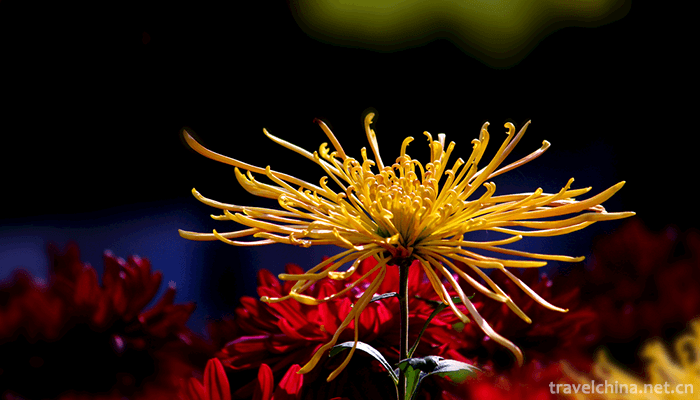
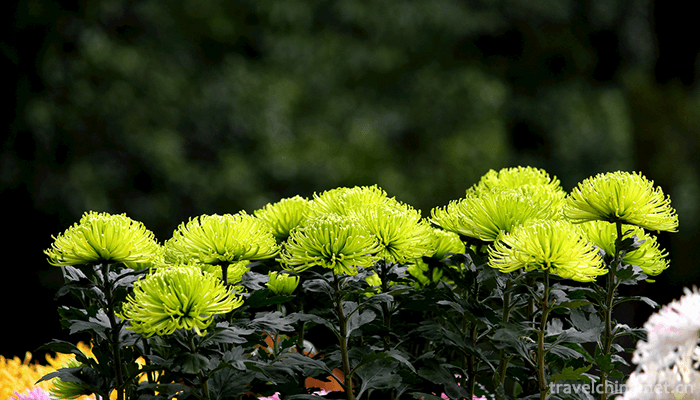
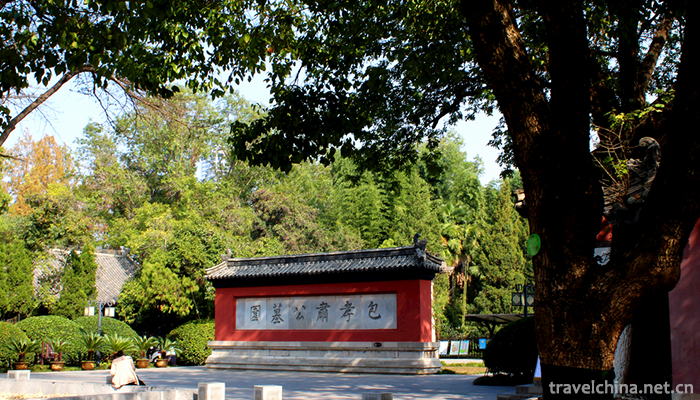
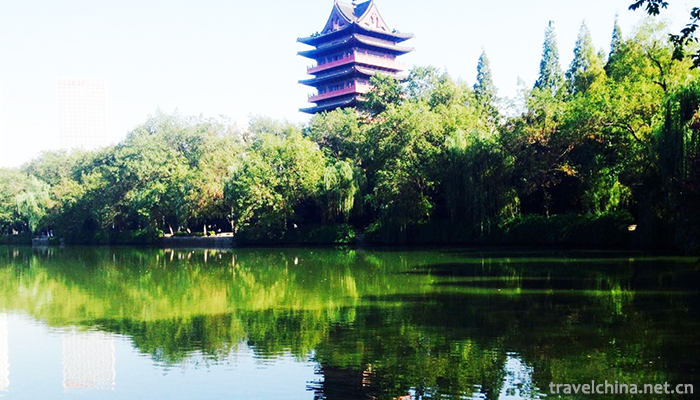
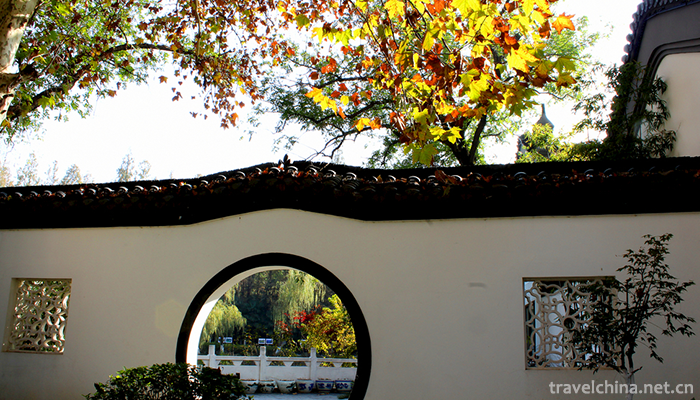
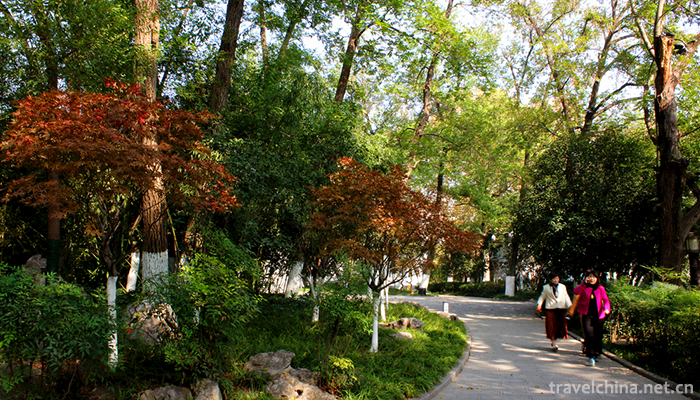
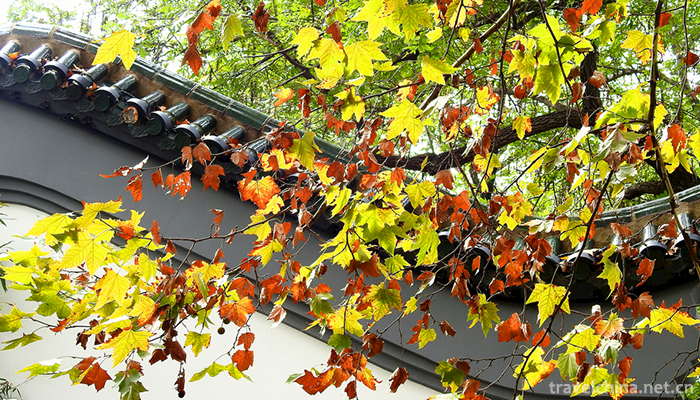
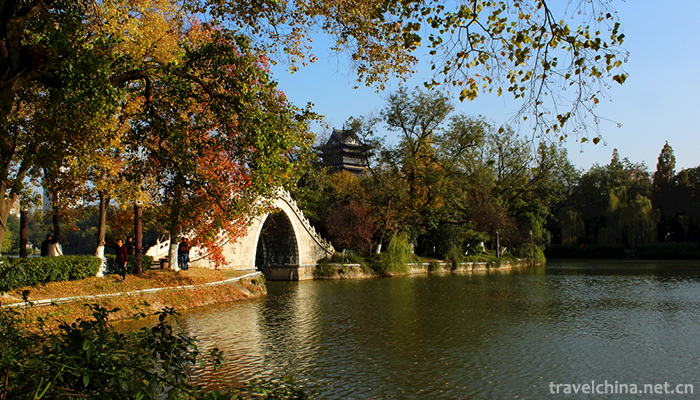
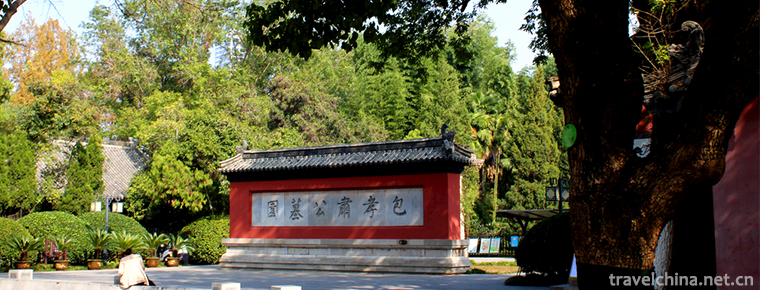
Package Park
-
Jiang Cudan Canton style pig leg
Except for those with internal fever, dry stool and weak spleen and stomach function, breast enlargement products can be used as a warm-up tonic in winter.
Views: 247 Time 2018-11-02 -
Yin and yang
There are three characteristics of yin yang philosophy: unity, opposition and interaction. In thinking, it is an inseparable node of arithmetic and divination.
Views: 388 Time 2018-11-13 -
Mao tofu Fried bean curd
Mao tofu Fried bean curd is a famous traditional dish in Huizhou, Anhui Province, and is well known for its vegetarian delicacies at home and abroad.
Views: 249 Time 2018-11-27 -
Harbin Jinyuan Cultural Tourist Area
Harbin Acheng Jinyuan Cultural Tourist Area, the capital of Jin Dynasty from 1115 to 1234, is the only well-preserved capital site of Jin Dynasty. Up to now, the Royal City's Wumen Gate and palace bui
Views: 540 Time 2019-01-13 -
Hengshan Scenic Area
Hengshan Scenic Area, located in Nanyue District of Hengyang City, is a holy place of Quanzhen sect, the mainstream Taoist religion, with an elevation of 1300.2 meters. Because the climate conditions
Views: 163 Time 2019-01-16 -
Western Royal Tombs of the Qing Dynasty
Xiling Tomb of Qing Dynasty is located at the foot of Yongning Mountain, 15 kilometers west of Yixian Town, Baoding City, Hebei Province, more than 120 kilometers away from Beijing
Views: 239 Time 2019-02-07 -
Korean Agricultural Music and Dance
"Agricultural Music and Dance" is commonly known as "Agricultural Music", which is spread in the Korean community of Jilin Province, Heilongjiang Province, Liaoning Province
Views: 165 Time 2019-04-16 -
Haicheng Hornplay
Haicheng trumpet opera, the local traditional drama of Anshan City, Liaoning Province, is one of the national intangible cultural heritage.
Views: 363 Time 2019-05-02 -
Suni embroidery of the Yi nationality
Sani embroidery is a unique technology with a long history. There are many kinds of flower picking techniques, such as picking, embroidering, filling, receiving, buttoning, single-sided picking and do
Views: 282 Time 2019-07-12 -
Giant Sleeping Buddha
The giant Sleeping Buddha is located in Leshan City, Sichuan Province. In the periphery of Leshan Giant Buddha, there is a "giant Sleeping Buddha" with a total length of more than 4000 meters and composed of several mountains.
Views: 174 Time 2020-10-15 -
Nanchong cultural undertakings
By the end of 2019, Nanchong has 10 cultural centers, 242 cultural stations and 10 public libraries. There are 8 museums, 28 cultural relics protection and management institutions, 18 national key cultural relics protection units, 112 provincial-level cultural relics protection units
Views: 309 Time 2020-12-17 -
Meishan economy
In 2019, the gross domestic product (GDP) will reach 138.02 billion yuan, an increase of 7.5%. Among them, the added value of the primary industry was 19.916 billion yuan, an increase of 3.0%; the added value of the secondary industry was 52.713 billion yuan,
Views: 354 Time 2020-12-18
